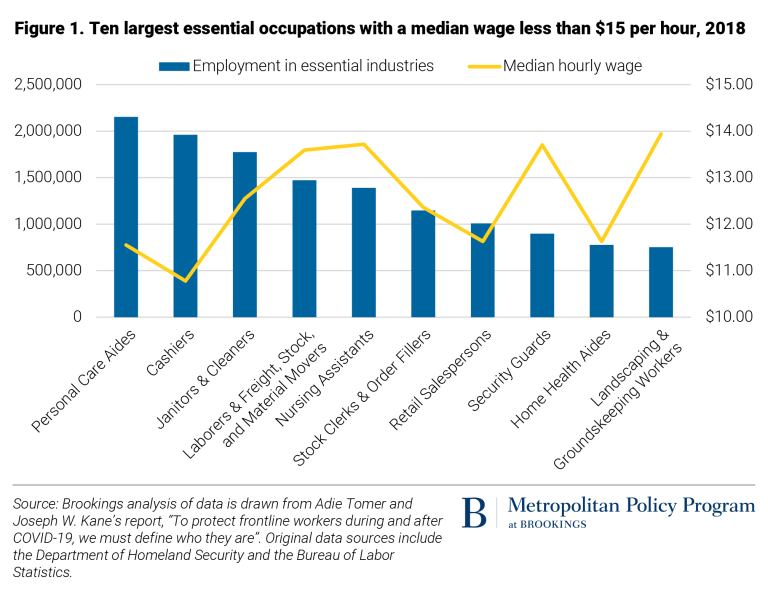
Death Rattle is a term that horror comics fans will have heard. This phrase refers to choking to death and sometimes, gargling. Wiktionary.com gives more details. Here are a few examples.
Dyspnea
Palliative care patients are at high risk of experiencing anxiety, dyspnea or delirium. Staff and advanced practice nurses play a critical role in detecting and managing these symptoms. To help with symptom identification, proxy assessments as well as behavioral observation tools can be used. Dyspnea/death rattle are treated with evidence-based treatments. These symptoms can also occur with anxiety or depressive disorders.

Dysphagia
While many studies have investigated the link between death rattles and dysphagia, there are still many questions about the validity of the results. We will be reviewing the role and effectiveness of artificial hydration for managing troublesome respiratory secretions. Although there was some variation in practice, most treatments involved hydration. Increased hydration has two goals: to reduce mucus and to improve upward ciliary movements of respiratory secretions.
Aspiration
Aspiration Death rattle is a common complication of terminal carcinoma. It happens when gastric secretions, or gastric acid, accumulate in the airway. When foreign bodies enter the mouth, it increases the likelihood of aspiration. It is difficult to know the facts about aspiration, especially when it occurs in patients at the end. Also, aspiration death rattle can be caused by tracheobronchial Foreign Body Aspiration.
Artificial hydration
You're not the only one concerned about artificial hydration's effects on death rattles. Connie Holden is an inpatient palliative nurse who has seen three cases of death from dehydration. In one of the cases, an elderly woman with "dwindles" stopped drinking and eating and was admitted to a hospice because she was unable to tolerate pain.
Dyspnea causes death rattle
Dyspnea that causes excessive salivation in the lungs is among the most common. Approximately two liters of saliva are produced by healthy people each day. Other causes of death rattle include the accumulation of bronchial mucus. Death rattle can be described as a diminished state of consciousness, impaired swallowing, and difficulties clearing the secretions from your trachea oropharynx.

There are many treatment options
Treatment options for death rattle include cough suppressants and anticholinergic medications. While these drugs are not effective against existing mucus, they may decrease it when used prophylactically in patients with this condition. These anticholinergic medicines are less effective at reducing the volume mucus. They are also ineffective when given after death rattle. While death rattle is distressing for patients, it is not necessarily life-threatening.
FAQ
What should you know about immunizations
Immunization is the process by which a vaccine stimulates an immune response. The body reacts to the vaccine by producing antibodies (immunoglobulins), which protect against infection.
What is the difference in a doctor and a practitioner?
A doctor is someone who has completed their training and are licensed to practice medicine. A physician can be described as a medical professional who is skilled in a specific area of medicine.
What is the distinction between the health service and the health system?
Health systems encompass more than just healthcare services. They include everything that occurs in the overall context for people's lives, including education and employment as well as social security and housing.
Healthcare services, on the other hand, focus on delivering medical treatment for specific conditions such as cancer, diabetes, mental illness, etc.
They may also be used to refer to generalist primary-care services that are provided by community-based practitioners under the guidance of an NHS hospital Trust.
What is an infectious disease?
An infectious disease is caused either by bacteria, viruses, parasites or both. Infectious diseases can spread quickly by close contact. Mumps, rubella (German Measles), whooping cough, rubella (German Measles), measles and mumps are some examples.
Statistics
- Over the first twenty-five years of this transformation, government contributions to healthcare expenditures have dropped from 36% to 15%, with the burden of managing this decrease falling largely on patients. (en.wikipedia.org)
- About 14 percent of Americans have chronic kidney disease. (rasmussen.edu)
- For the most part, that's true—over 80 percent of patients are over the age of 65. (rasmussen.edu)
- Price Increases, Aging Push Sector To 20 Percent Of Economy". (en.wikipedia.org)
- Healthcare Occupations PRINTER-FRIENDLY Employment in healthcare occupations is projected to grow 16 percent from 2020 to 2030, much faster than the average for all occupations, adding about 2.6 million new jobs. (bls.gov)
External Links
How To
What is the Healthcare Industry Value Chain (or Value Chain)?
The entire healthcare industry value-chain includes all activities related to providing healthcare services to patients. This includes all the business processes that occur within hospitals and clinics as well as the supply chains that link them to other providers, such as doctors, nurses, pharmacists or insurance companies. This results in a continuum that starts with diagnosis and ends with discharge.
The value chain is composed of four main components:
-
Business Processes are the tasks carried out by employees throughout the entire health care delivery process. A doctor might conduct an exam, prescribe medication and send a prescription to a pharmacy. Each step must be done correctly and efficiently.
-
Supply Chains – The entire network of organizations responsible for ensuring that the right supplies reach those who need them. A hospital might have several suppliers. These could include lab testing facilities, imaging centres, pharmacies, or even janitorial personnel.
-
Networked Organisations - This is a way to coordinate all the entities. Hospitals typically have many departments, each with its own set of offices and phone numbers. Every department will have a central point where employees can go for updates to ensure everyone knows what's happening.
-
Information Technology Systems – IT is crucial in order to ensure that business processes run smoothly. Without it, everything could go down quickly. IT also provides a platform for integrating new technologies into the system. For example, doctors can use a secure network connection if they want to integrate electronic medical records into their workflow.